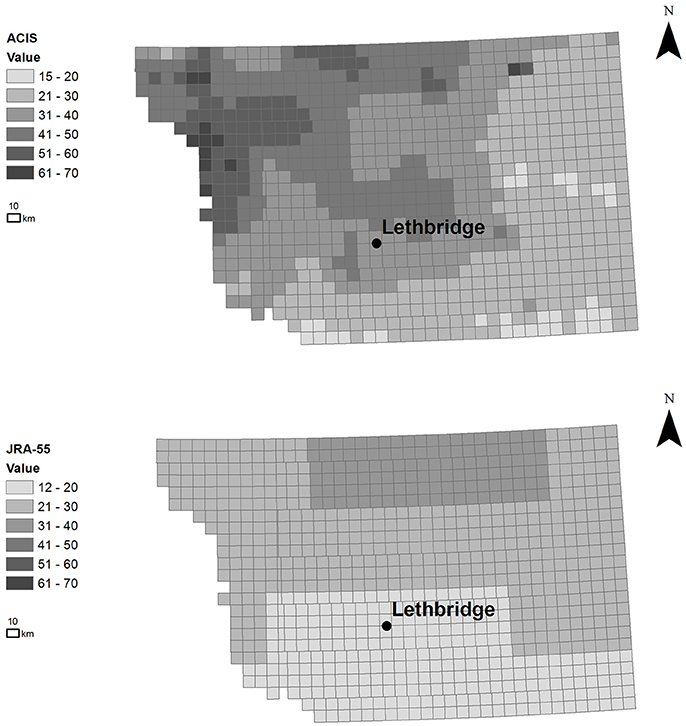
COMPUTER SIMULATION OF EPIDEMICS
COMPUTER SIMULATION OF EPIDEMICS
The availability of computers has allowed plant pathologists to write programs that allow the simulation of epidemics of the most important plant diseases. One of the first computer simulation programs, called EPIDEM, was written in 1969 and resulted from modeling each stage of the life cycle of a pathogen as a function of the environment. EPIDEM was designed to simulate epidemics of early blight of tomato and potato caused by the fungus Alternaria solani. Subsequently, computer simulators were written for Cercospora blight of celery (CERCOS), for Mycosphaerella blight of chrysanthemums (MYCOS), for southern corn leaf blight caused by Cochliobolus (Helminthosporium) maydis (EPICORN), and for apple scab caused by Venturia inaequalis (EPIVEN). A more general and more flexible plant disease simulator, called EPIDEMIC, was written primarily for the stripe rust of wheat but could be modified easily for other host–pathogen systems.
Computer simulation programs are now available for numerous plant diseases. In a computer simulation of an epidemic, the computer is given data describing the various subcomponents of the epidemic and control practices at specific points in time (such as at weekly intervals). The computer then provides continuous information regarding not only the spread and severity of the disease over time, but also the final crop and economic losses likely to be caused by the disease under the conditions of the epidemic as given to the computer.
Computer simulation of epidemics is extremely useful as an educational exercise for students of plant pathology and also for farmers so that they can better understand and appreciate the effect of each epidemic subcomponent on the final size of their crop loss. Computer simulations of epidemics are, however, even more useful in actual disease situations. There, they serve as tools that can evaluate the importance of the size of each epidemic subcomponent at a particular point in time of the epidemic by projecting its effect on the final crop loss. By highlighting the subcomponents of an epidemic that are most important at a particular time, the simulation serves to direct attention to management measures that are effective against these particular epidemic subcomponents. In subsequent evaluations of the epidemic, the computer evaluates not only the current status of the disease, but also the effectiveness of the applied management measures in controlling the epidemic.


